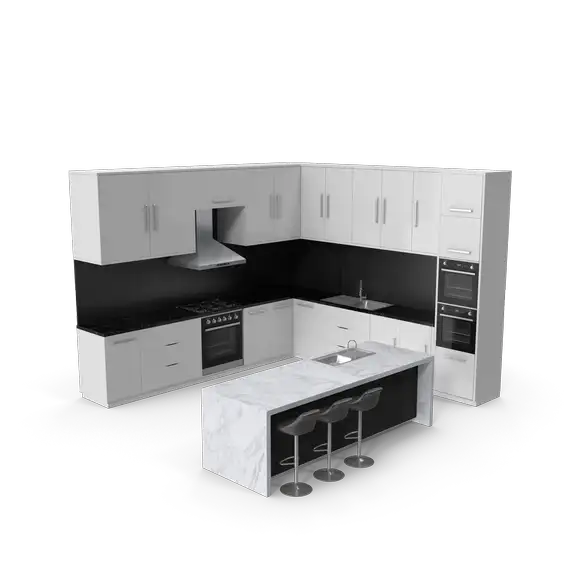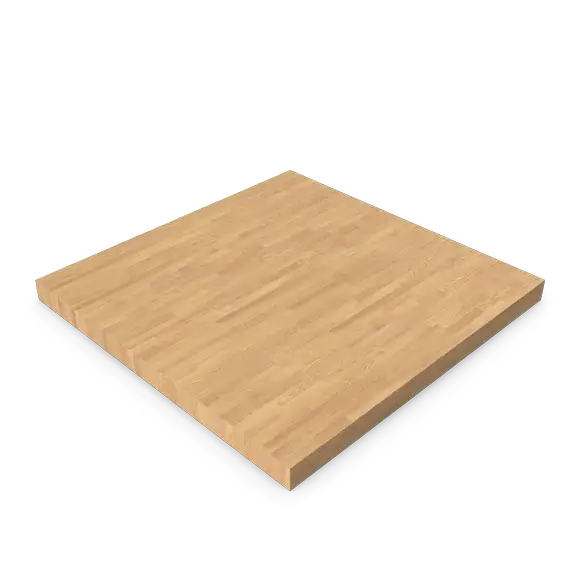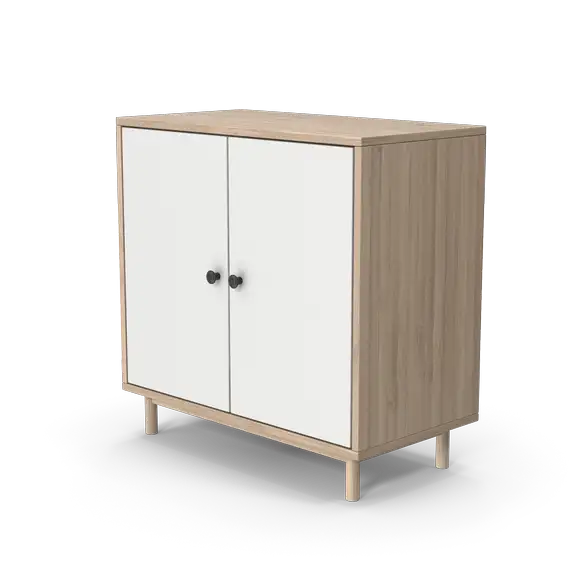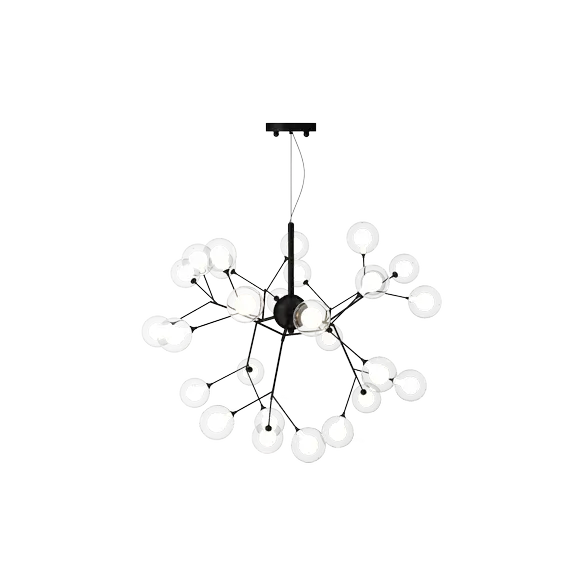What is a Quadratic Diffuser?
A Quadratic Diffuser is an engineered solution designed to improve the acoustic quality of a space by evenly dispersing sound waves, thereby minimizing focal points of sound energy and reducing echoes. This tool is pivotal in environments where audio clarity is crucial, such as recording studios, concert halls, and home theaters.
Historical Background
The concept of the quadratic diffuser originated from the work on quadratic residue sequences by mathematicians such as Hugh Le Caine in the 1950s. These sequences are integral to the design of diffusers as they ensure that the reflected sound waves scatter uniformly, preventing acoustic anomalies. Over the decades, advancements in materials and design techniques have allowed for more efficient and aesthetically pleasing diffusers that can be integrated into various architectural styles.
Design Principles and Functionality
Quadratic diffusers are constructed based on precise mathematical sequences, where each slot or well is designed to target specific sound frequencies. This design ensures that sound waves are not merely absorbed but are reflected back into the room at varying angles, creating a diffuse sound field. The effectiveness of these devices is heavily reliant on their placement within a room, as well as the dimensions and materials used, which can vary from wood to high-density polymers.
Benefits of Quadratic Diffusers
- Improved Sound Clarity: Quadratic diffusers excel in managing sound reflections, enhancing overall sound clarity and reducing muddiness in audio output.
- Balanced Acoustic Environment: By evenly distributing sound energy, these diffusers help in achieving a balanced acoustic environment, which is vital in settings like musical performances and public speaking.
- Aesthetic Flexibility: Modern diffusers are available in various designs and materials, allowing them to serve as both functional acoustic devices and decorative elements.
Challenges and Considerations
- Cost: The cost of high-quality quadratic diffusers can be a barrier for some, especially for larger spaces that require extensive coverage.
- Complex Installation: Proper installation is crucial for optimal performance, and it may require professional assistance, especially in irregularly shaped rooms or specialized settings.
- Maintenance: Depending on the material, some diffusers may gather dust or require regular cleaning to maintain their aesthetic appeal and functional integrity.
Applications and Installation
Quadratic diffusers are used in a variety of settings. In recording studios, they enhance the accuracy of sound recording by eliminating phase issues and echoes. In home theaters, they ensure that audio distributed from speakers is even, improving the immersive experience. The installation of these diffusers typically involves strategic placement to address specific acoustic issues in the space, often on rear walls or ceilings to optimize sound diffusion.









